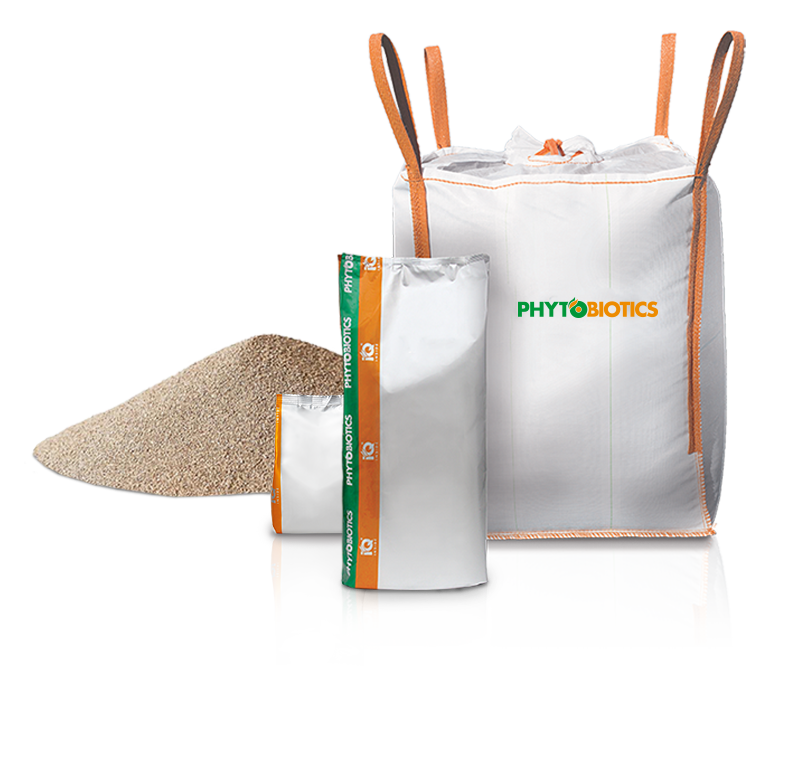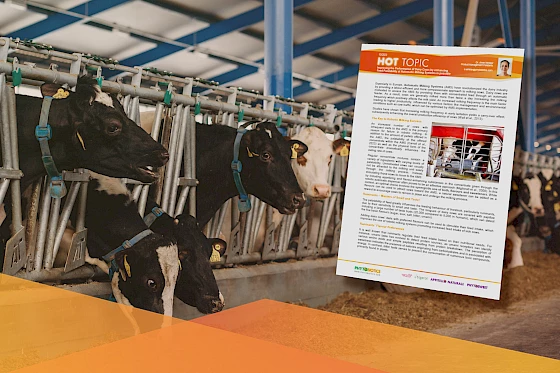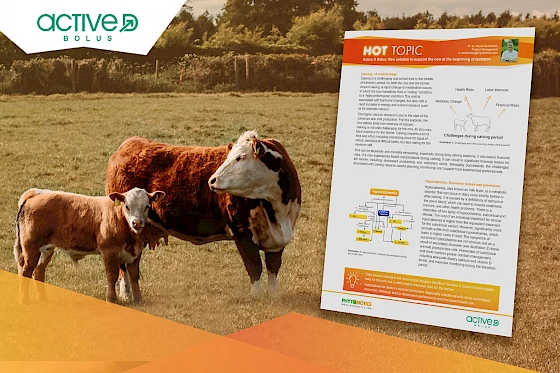Natural feed additives High performance feed for
high performance livestock.
Made in Germany.
Our products
Phytobiotics not only creates next level feed additives. We create solutions for animals, farmers and producers around the world.

Feed additives for your livestock
Our team of experts knows your challenges and will help you achieve the highest performance. Whether it is ruminants, swine, poultry or aquaculture – we provide the solutions.

About us
Since its foundation in 2000, Phytobiotics has become a global leader in animal nutrition, manufacturing and distributing high-quality feed additives. Our goal is to make agriculture more sustainable, food safer, and, first and foremost, to make our customers worldwide more successful.
Latest news and insights
Contact us
Do you want to know more about Phytobiotics or do you have further questions? Please use the form below.












